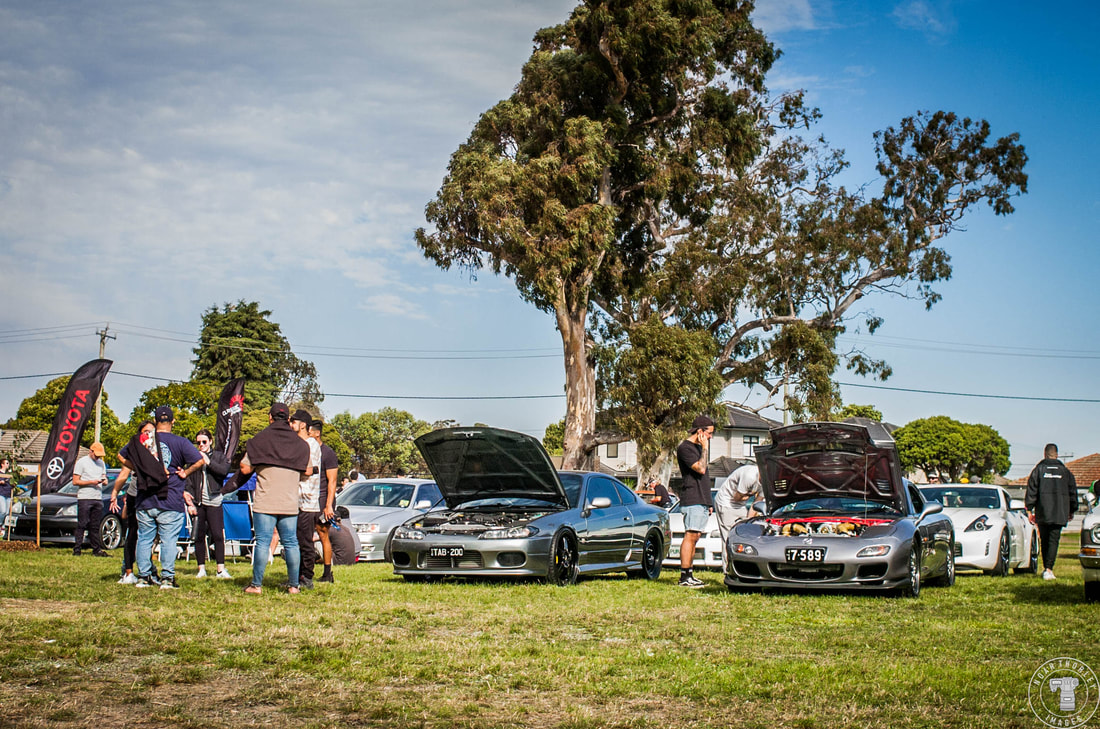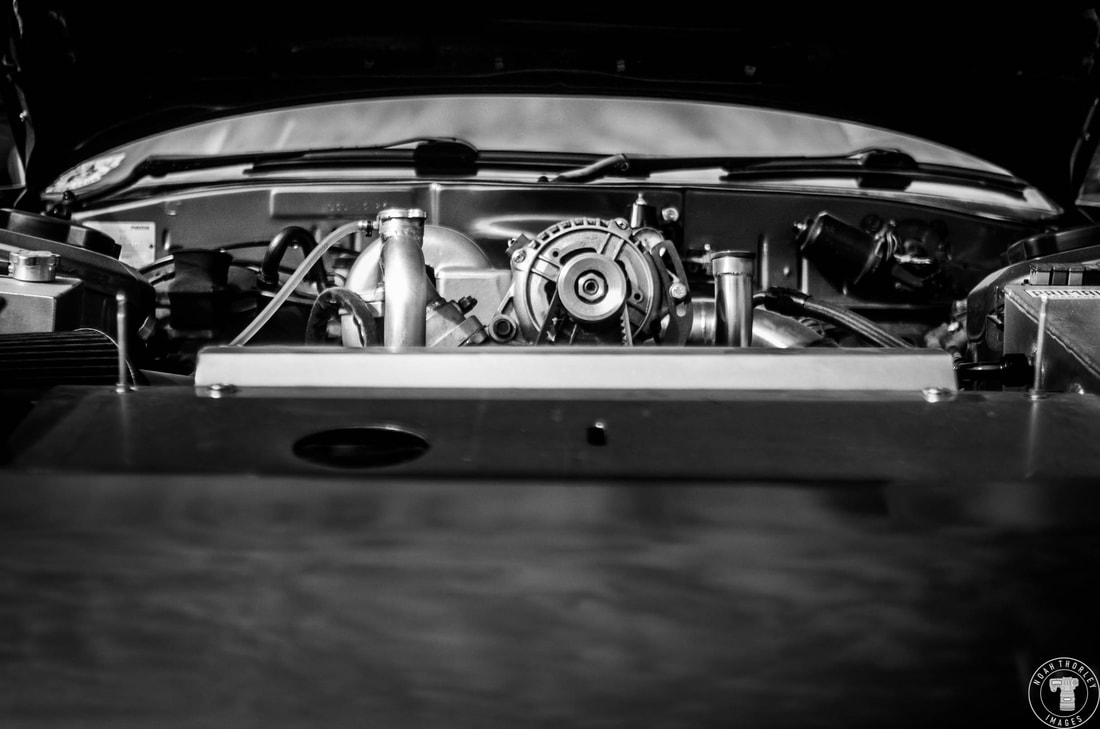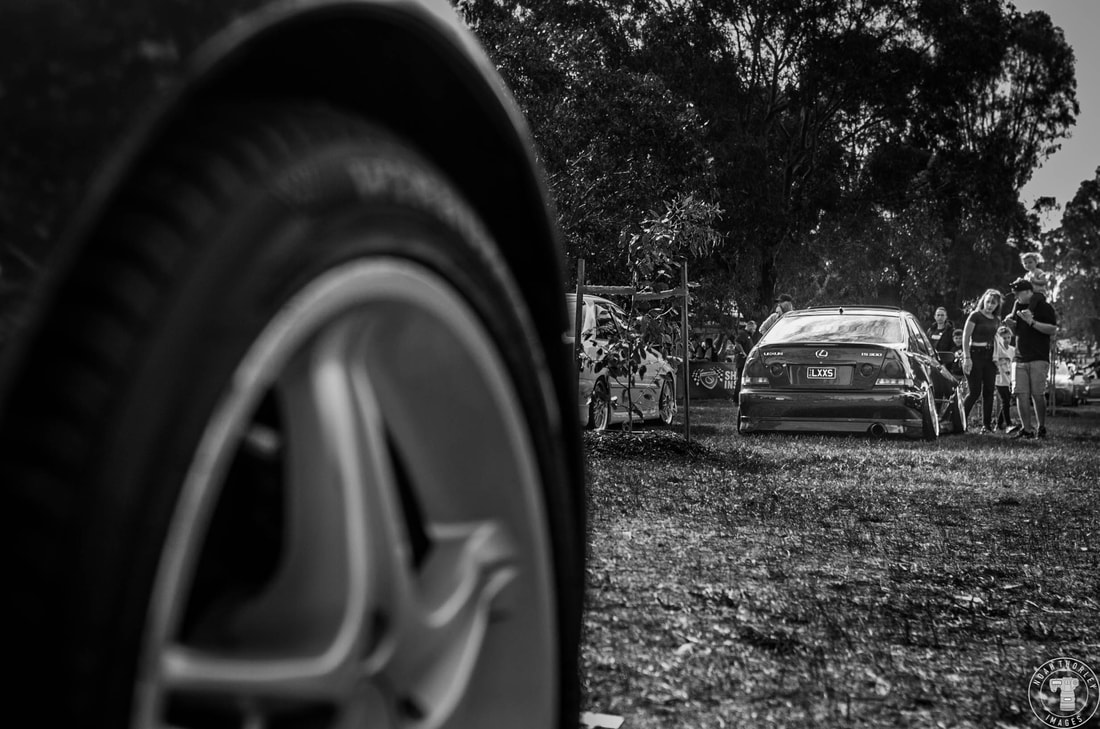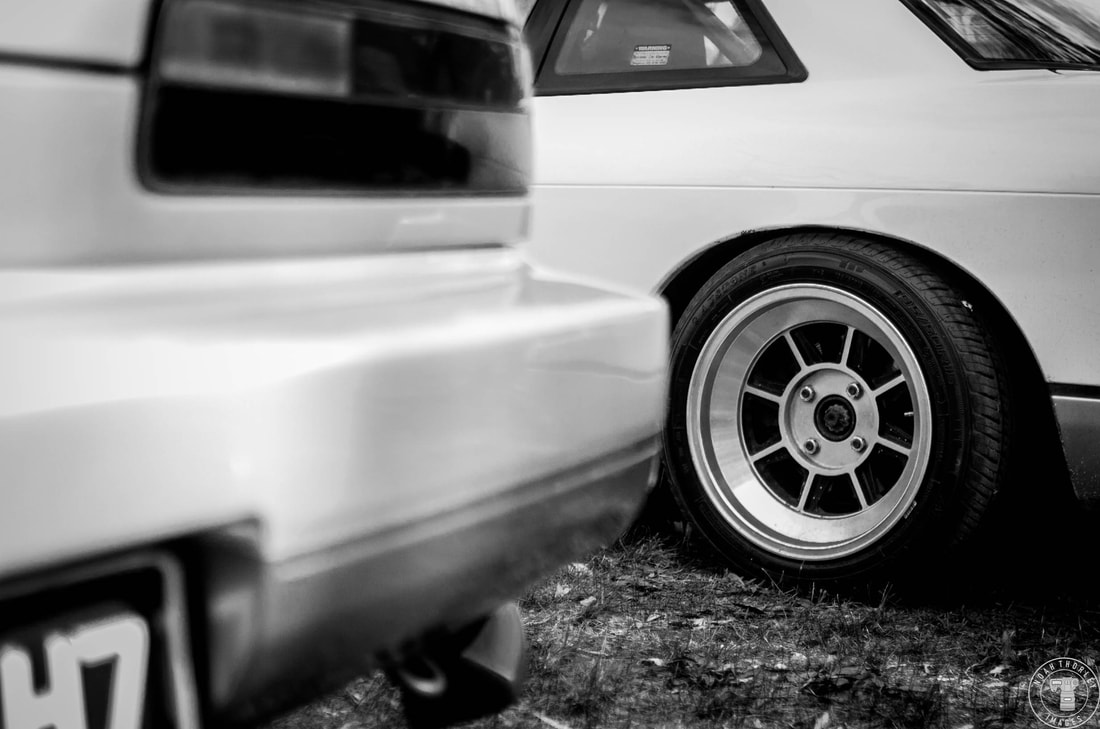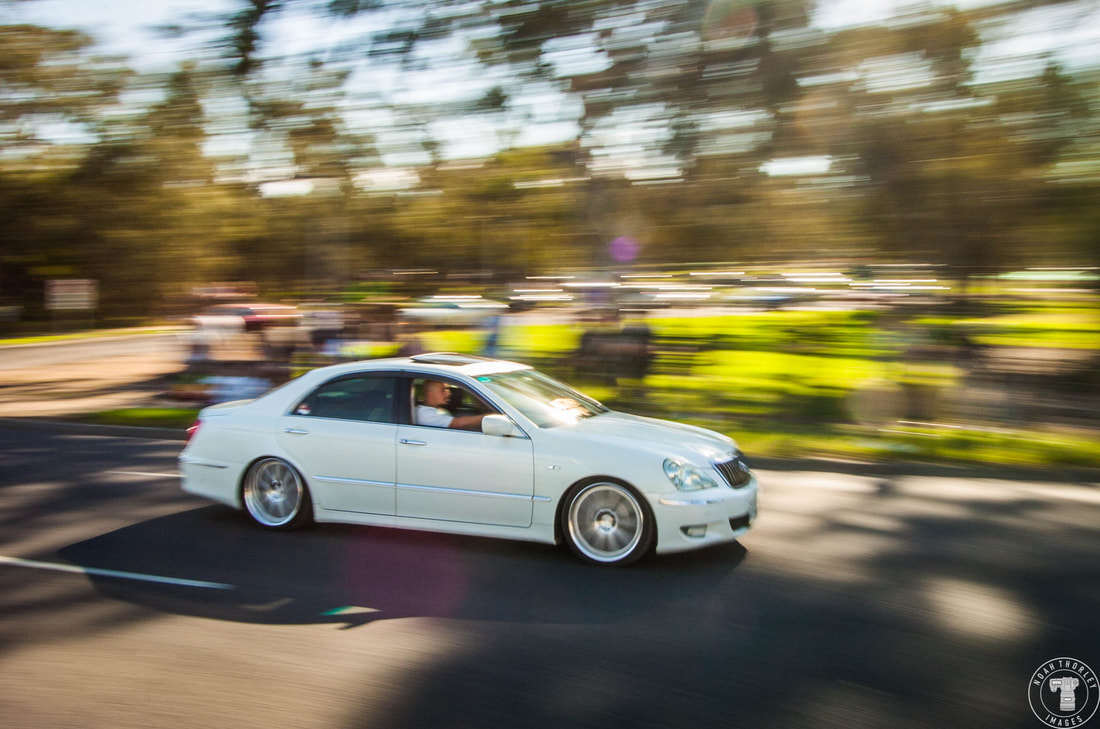|
In Japanese 'Sakura' is their word for cherry blossoms. These pink and pure flowers are special in Japan as they represent the starting of spring, a time of renewal and new beginnings. During this season, many people in Japan enjoy coming together with colleagues and friends, sitting and enjoying meals under the cherry blossoms. This tradition can be traced back at least a thousand years and is called 'hanami', which means "watching blossoms". It is now springtime in Japan and although we can't share these cherry blossoms as it is Autumn down here in Australia, the Toyota Car Club of Victoria, still is able to replicate that special atmosphere created by the sakura season, with their car show dubbed 'Sakura Picnic', featuring Japanese cars from every era and make. After the devastation that was WWII, Japan was in dire need of getting back on their feet. Over the next few decades, Japan began mass producing pretty much anything and everything. Companies did this as cheaply and efficient as possible. But, these companies, being Japanese, made sure that these products were also good quality. In the car sector, Japan was well known for making small, fuel efficient cars, but not necessarily fun cars. That was until the 1970's came around. Although Japanese car makers such as Nissan had motorsport success prior to the 1970's, in the Australian Mobilgas Rally, it wasn't until the success of the Datsun 240Z and 510 in America that started the chain reaction of people buying into what Japan had to offer in the automotive world. This was further helped by the 70's fuel crisis. With the price of petrol going up, people needed fuel efficient vehicles rather than big burly V8's. And that was exactly what Japan had to offer. Winter was over for Japan, and the season of Sakura had just started to bloom. In the 80's and 90's, people had more reason to turn to Japan when it came to the automotive world. The Japanese tuning scene had just started to flower, with plenty of companies taking advantage of strong engines with plenty of tuning capabilities coming from the factories of Toyota, Nissan, Honda, Mitsubishi and Subaru. With cars like the Mazda 787B winning at Le Mans, the Nissan Skyline GTR dominating racing in Australia and cars like Smokey Nagata's V12 Supra captivating enthusiasts in rare VHS recordings and tuning magazines, Japan's automotive industry sprung up and caught everyone by surprise again. It was this golden era that really set Japan apart from the European and American car scenes. The way they built cars and modified them in Japan was raw yet calculated. Applied with a no care attitude (very much like the bosozoku style) and with an eye for perfection (apparent in their V.I.P style) at the same time. Now enthusiasts from all over the world are obsessed with not only the golden era of Japanese cars, but now every era. From the seeds that were just sprouting in the 60's, to the boom in the 70's to the golden era of the 90's and even now. Japan seems to always be one to look out for, regardless if it is the underdog or not. To really sum the Japanese automotive scene up as a whole, I'd have to say that Japan is practical where it matters, yet willing to push boundaries and have fun too. Anyway, that's just a few thoughts I've had whilst pondering the array of Japanese cars at Sakura Picnic. Bonus Gallery
0 Comments
Leave a Reply. |





